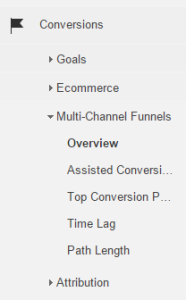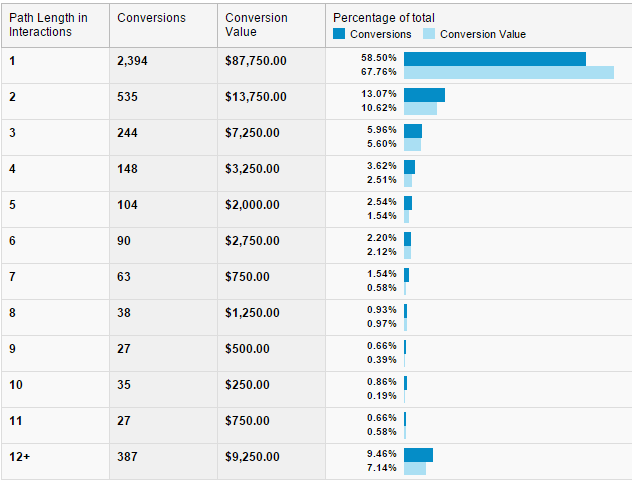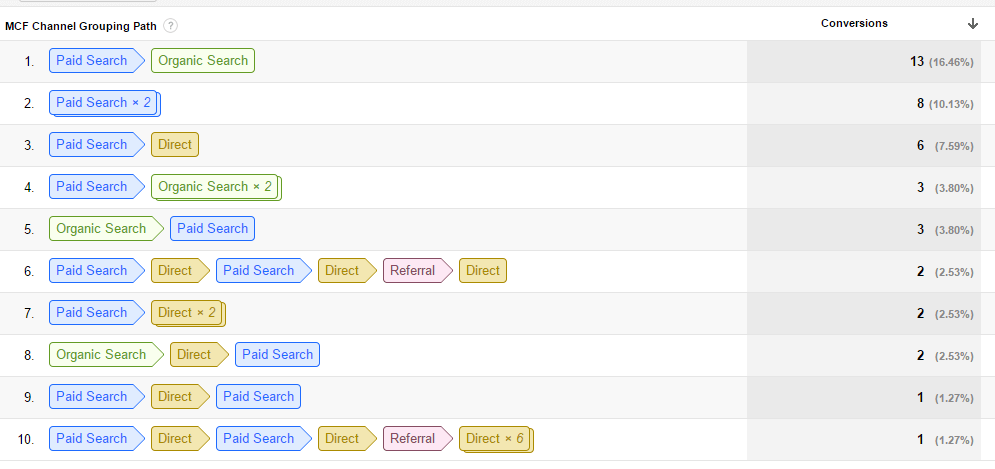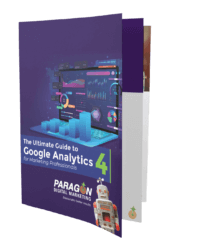Putting Your Paid Search (and other channels) Efforts into Perspective
 Most marketers have been there – wondering if the results they are seeing from paid search, display, or any campaign are indeed accurate. You look at the report in analytics and think to yourself, “These ads must be working better than this. The audience is good and the offer is great. How can I be seeing so few leads/sales?”
Most marketers have been there – wondering if the results they are seeing from paid search, display, or any campaign are indeed accurate. You look at the report in analytics and think to yourself, “These ads must be working better than this. The audience is good and the offer is great. How can I be seeing so few leads/sales?”
Often there is some truth to the nagging thought that things are better than the results suggest. Fortunately, you have tools available to you to help give you a clearer understanding of the data. First stop is at the Google Analytics’ Multi-Channel Funnels reports. These are found under the Conversions section in the left navigation of Google Analytics.
The Multi-Channel Funnels reports examine the many ways visitors come to your website prior to converting. Each primary method, Organic Search, Paid Search, Direct, etc., is called a Channel. These reports give us some valuable data: such as, the individual step that visitors jump from to get to the conversion.
The Multi-Channel Funnels reports are particularly insightful since most reports found in Google give credit for a conversion only to the last Non-Direct interaction. An example: Let’s say I click on an ad and then find the site again via Organic search. In most Google reports, only that last click (Organic search) earns credit for the sale. Not very efficient; since there is a good chance the Organic Search may have never happened at all if the visitor was not first introduced through an ad. Wouldn’t you be interested to know that your paid ad was the first step towards conversion?
Our first analysis is to use Path Length report in Multi-Channel Funnels to measure the impact of those who completed a conversion in just one step versus multiple steps. When checking out the report for Path Length, if yours looks something like this you are not alone:
Simply put, about 59% of conversion came from visitors using only a single channel. Maybe they clicked an Organic Search listing and converted right away. However, 41% came from visitors who interacted with more than one channel, be it Direct, Email, Paid Search, Organic Search, etc. This additional information can be really important, especially if you are having trouble growing business and getting new customers based on other reports. By understanding the channels navigated by your converting visitor you may then see more value in the campaigns that first introduced your brand to new customers. Ultimately you may decide not to end that paid campaign just because it was not the last interaction of the visitor before conversion.
So what is happening with the 41% of conversions that have more than one interaction? For the first glimpse into those, it is time to analyze the Top Conversion Paths report. You might see something like this:
Check-out line 6 above, two conversions occurred by visitors who interacted with 6 channels: Paid Search, then Direct visit, then Paid again, Direct again, Referral from another site, and lastly a direct visit. In a typical analytics report this would be attributed only to the last non-direct campaign as a referral. But clearly there is more at play. Looking at the whole, we see Paid Search plays a rather large part of introducing the product to the visitor, even when it doesn’t get credit for actually closing the deal.
So what do we do with this information? Check out your own data and get a sense of how Multi-channel plays a role in your conversion and marketing success.














